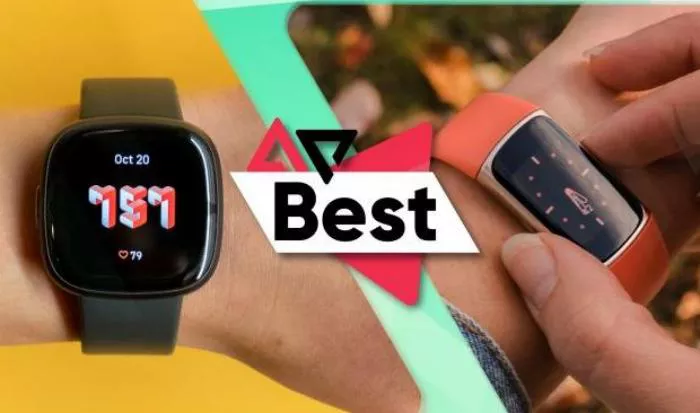Since Google’s acquisition of Fitbit in 2021, the brand has undergone significant changes—many of which have left longtime fans disappointed. Traditional Fitbit trackers and smartwatches have taken a backseat to Google’s own Pixel Watch lineup, making the Pixel Watch 3 the best “Fitbit” experience available today.
While dedicated Fitbit fitness trackers still exist, Google’s strategic shift has made it clear that the future lies in Wear OS integration rather than the standalone Fitbit OS. Below, we break down the current Fitbit and Pixel Watch offerings, their strengths, weaknesses, and what to expect from Google Fitbit in 2025.
What Happened to Fitbit in 2024?
Last year marked a turning point for the brand. Co-founders James Park and Eric Friedman departed Google in early 2024, followed by a rebranding from “Fitbit by Google” to “Google Fitbit.” The biggest blow came in August 2025 when Google announced it would stop producing Fitbit smartwatches, leaving the Pixel Watch 3 as the primary Wear OS device under Google’s umbrella.
The only Fitbit-branded product released in 2024 was the Ace LTE, a kids’ smartwatch currently exclusive to the U.S. With no new Fitbit smartwatches on the horizon, the future of the brand remains uncertain.
The Best Fitbit (and Pixel Watch) Options in 2025
Google Pixel Watch 3 – The True Successor to Fitbit Smartwatches
The Pixel Watch 3 is the closest thing to a modern Fitbit smartwatch, running on Wear OS 5 but powered by Fitbit’s tracking algorithms. Available in 41mm and 45mm sizes, it offers a brighter 2,000-nit display, Google app integration (Maps, Gmail, Home), and access to the Play Store.
Pros
- Full Fitbit experience (sleep tracking, heart rate, Daily Readiness Score)
- Premium design with an edge-to-edge display
- Strong app ecosystem
Cons
- Short battery life (24-30 hours for 41mm, ~2 days for 45mm)
- Expensive compared to older Fitbit models
Fitbit Charge 6 – The Last Great Fitness Tracker
Released in 2023, the Charge 6 remains Fitbit’s flagship tracker, featuring an AMOLED display, ECG, SpO2, GPS, and a side button (a welcome return from the Charge 4). However, it suffers from inconsistent heart rate and GPS accuracy, a flaw that has frustrated users since launch.
Fitbit Inspire 3 – Best Budget Tracker
The Inspire 3 is a standout for its 10-day battery life, SpO2 tracking, and sleep insights. It’s an excellent value, though overdue for an update.
Fitbit Versa 4 – The Last True Fitbit Smartwatch
With six-day battery life and core Fitbit features (sleep tracking, heart rate monitoring), the Versa 4 is a solid alternative to the Pixel Watch—if you prioritize battery over smart features. However, it lacks third-party apps and feels outdated compared to Wear OS.
Fitbit Sense 2 – Best for Stress Tracking
The Sense 2 focuses on continuous EDA stress monitoring and includes an ECG sensor. However, its high price and limited smartwatch functionality make it hard to recommend over the Pixel Watch 3.
Fitbit Luxe – Stylish but Limited
A fashion-forward tracker with an AMOLED display, the Luxe lacks GPS but offers SpO2 and stress tracking. Ideal for those who want a sleek design without advanced features.
Fitbit Ace LTE & Ace 3 – Smartwatches for Kids
The Ace LTE (9.99/month subscription) is a full-featured kids’ smartwatch with games and safety tracking. The Ace 3 is a simpler, more affordable option with 8-day battery life and swim-proof durability.
The Future of Google Fitbit
With no new Fitbit smartwatches expected, the brand’s future likely revolves around fitness trackers and Wear OS integration. For now, the Pixel Watch 3 is the best way to experience Fitbit’s platform—but at a premium price.
If you prefer a traditional Fitbit, the Charge 6 and Inspire 3 remain strong choices, albeit with some compromises. As Google continues to reshape the brand, users may need to adjust their expectations—or look elsewhere for their next wearable.


